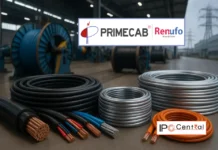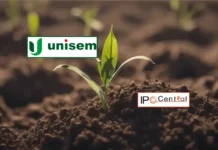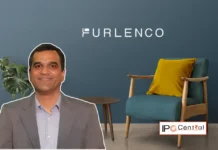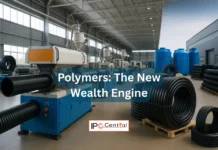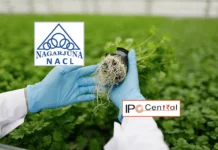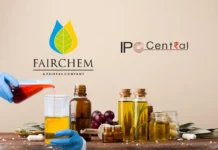Researchers at the IIT Guwahati have engineered and developed an advanced textile with integrated thermal regulation capabilities designed for applications in extreme cold environments. This self-cleaning, hydrophobic, and electrically conductive fabric harnesses both electrical power and solar radiation to generate heat efficiently, positioning itself as a transformative solution for wearable heating technologies.
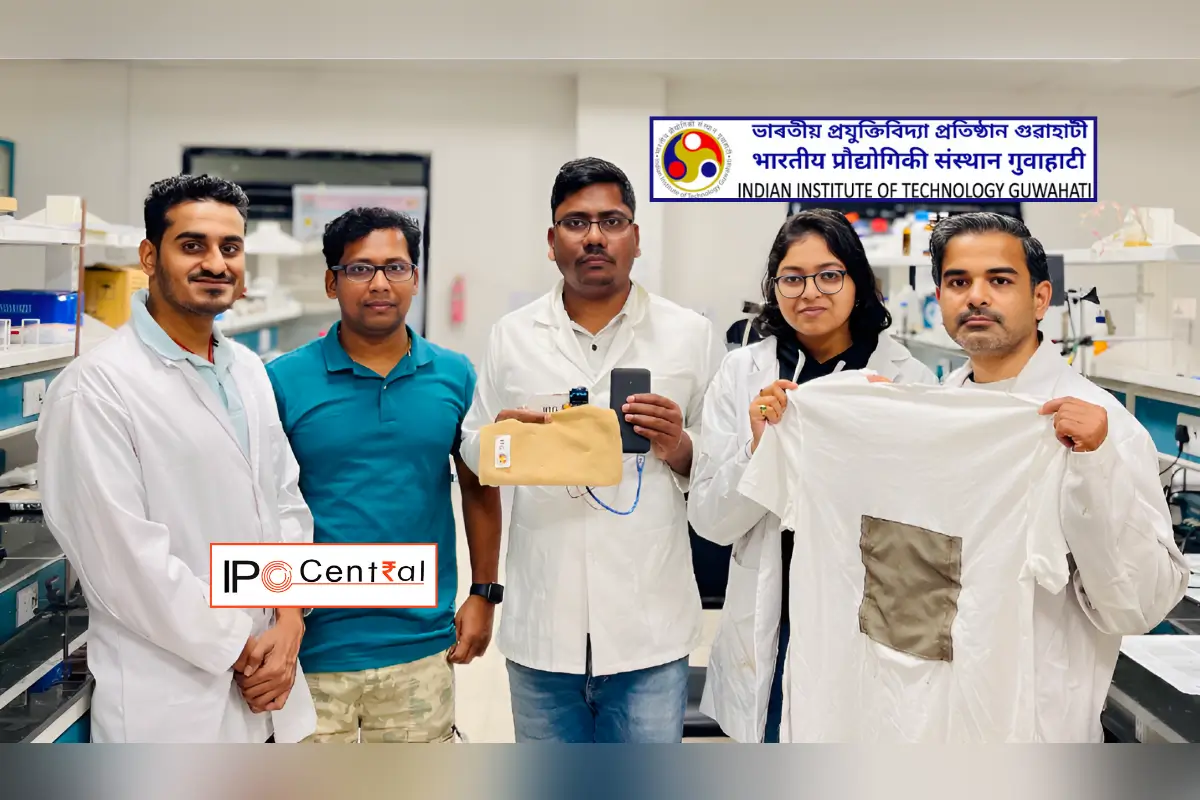
Addressing the Physiological Risks of Cold Exposure
Prolonged exposure to subzero temperatures precipitates a spectrum of physiological complications, including hemoconcentration-induced arterial thrombosis, respiratory distress, and immunosuppression. Conventional mitigation strategies—multi-layered thermal apparel and external heating devices—are often cumbersome, energy-intensive, or thermally inconsistent. The innovation by IIT Guwahati offers a streamlined and functionally superior alternative that enhances thermal comfort without imposing undue encumbrance.
Technological Innovations in Conductive Textiles
The research initiative, led by Prof. Uttam Manna from the Department of Chemistry in collaboration with Prof. Roy P. Paily from the Department of Electronics and Electrical Engineering, has been documented in Nano-Micro-Small. This interdisciplinary effort focuses on optimizing the synergistic interplay between textile flexibility, electrical conductivity, and thermal efficiency.
A key innovation underpinning this development is the integration of ultra-thin silver nanowires into a cotton-based textile substrate. These nanowires, measuring approximately one-hundred-thousandth the diameter of a human hair, establish a conductive network capable of efficiently transducing electrical and solar energy into thermal output while preserving the fabric’s mechanical integrity.
The material can be energized via a compact rechargeable battery or direct solar exposure, maintaining operational temperatures ranging from 40°C to 60°C for over ten hours. Under optimal solar irradiance, it can achieve peak temperatures of approximately 88°C, ensuring robust heating performance even under diffused light conditions.
Material Durability and Hydrophobic Surface Engineering
A critical limitation of silver nanowire-based conductive fabrics is their susceptibility to oxidative degradation, which compromises conductivity over time. To address this, the research team employed a bio-mimetic hydrophobic coating, inspired by the micro-nanostructural morphology of lotus leaves, to impart anti-fouling and water-repellent properties. This protective layer not only mitigates oxidation but also prevents moisture ingress and contamination from environmental particulates.
Comprehensive mechanical endurance assessments—including repetitive twisting, folding, and abrasion trials—confirmed that the fabric retained its electrical conductivity and water-repellent attributes after 500 stress cycles. Furthermore, its self-cleaning properties facilitate particulate removal upon minimal water exposure, ensuring sustained long-term functionality.
Potential Multidisciplinary Applications
The innovative heating textile exhibits broad applicability across diverse sectors:
- Thermal Apparel for Cold Climates: Integration into gloves, jackets, and compression wear.
- Biomedical Engineering: Development of battery-powered thermotherapy wraps for arthritis relief and localized muscle rehabilitation.
- Catalytic and Chemical Processing: Enhanced reaction kinetics in temperature-sensitive chemical processes.
- Tactical and Industrial Gear: Adoption in military-grade cold-weather equipment and protective workwear for extreme occupational environments.
Experimental evaluations have demonstrated the fabric’s capacity to accelerate thermally dependent chemical reactions, highlighting its potential utility beyond personal heating applications.
Commercialization Prospects and Industrial Collaboration
IIT Guwahati’s research team has secured an Indian patent for the innovation and is currently engaged in refining the fabric’s integration with compact electronic control systems to optimize commercial deployment. Laboratory-scale production estimates indicate a material cost of approximately INR 23 per 100 cm², underscoring its viability for mass-scale manufacturing.
Active discussions with industry stakeholders are underway to facilitate large-scale commercialization, particularly targeting specialized thermotherapy applications and advanced cold-weather protective solutions.
Expert Perspectives
“Our material is not only self-cleaning and mechanically robust but also highly adaptable across diverse functional domains,” remarked Prof. Uttam Manna. “The confluence of its lightweight structure, durability, and energy efficiency renders it an attractive candidate for both consumer and industrial applications.”
Conclusion
IIT Guwahati’s pioneering research in self-cleaning, flexible heating textiles represents a substantive advancement in wearable thermal technologies. With its combination of mechanical resilience, high thermal efficiency, and cost-effective manufacturability, this innovation is poised to redefine standards in personal heating solutions, healthcare applications, and industrial process optimization.
For more details related to IPO GMP, SEBI IPO Approval, and Live Subscription stay tuned to IPO Central.

